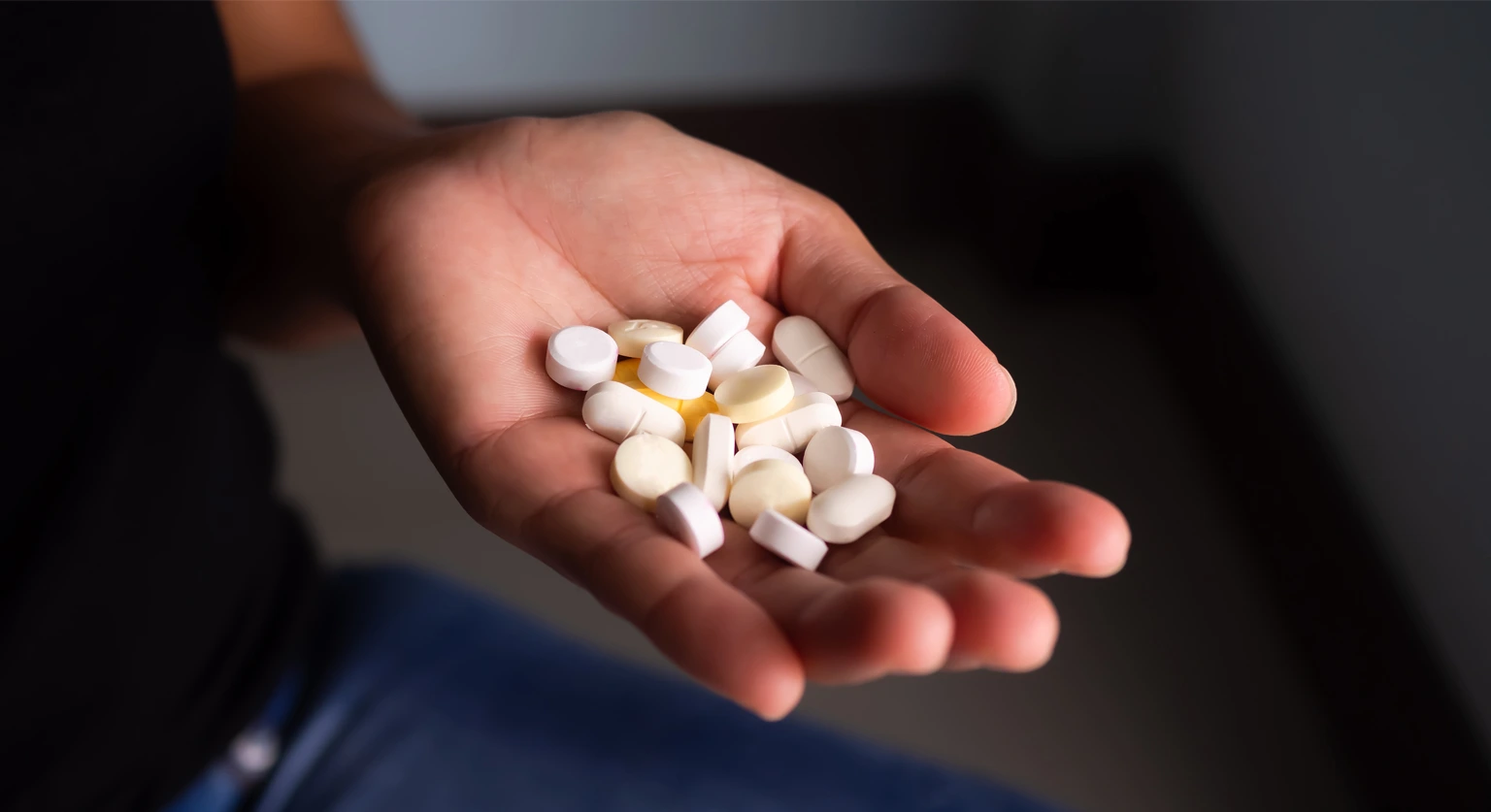What is Flakka Drug?
Synthetic drugs are becoming more and more popular on the market in recent times, and receiving treatment for addiction to these substances is vital. Flakka, a dangerous illicit substance, is one of those synthetic drugs. But what does addiction to Flakka look like, and how can one get help for Flakka addiction?
What is Flakka?
A stimulant similar to bath salts, Flakka is a man-made drug, also known as a synthetic or designer drug. Flakka is created from a synthetic version of a stimulant in the cathinone class known as alpha-Pyrrolidinopentiophenone or alpha-PVP. Cathinone is a chemical substance naturally found in the khat plant, native to Arabia and East Africa, where the leaves of the plant are chewed on to produce a mildly stimulating effect. Alpha-PVP was first discovered and patented as a central nervous system stimulant in the 1960s. Stimulants of this nature were commonly utilized in the treatment of conditions such as narcolepsy and ADD. In the early 2010s, the use of Alpha-PVP increased in popularity as it became available in tablet form and gained its street name, Flakka. Flakka and other synthetic cathinones are included in a group of drugs called New Psychoactive Substances, which entered the drug market in the 2000s. These drugs are meant to mimic other illegal substances, including cocaine and LSD. Flakka is a Schedule 1 drug; drugs classified as Schedule 1 have no medical value and a high potential for abuse. In addition, Schedule 1 drugs are considered unsafe for use even under medical supervision, and possession of a Schedule 1 drug is a felony. Flakka is consumed in a number of different ways. Commonly found in crystal form (giving it the common street name of ‘gravel’), the drug is typically eaten, smoked, or snorted, though it can also be injected into the body. Flakka crystals are typically white or pink in color. Flakka also owes some of its popularity to the reduced price at which the drug can be sold. While other substances like cocaine are expensive to purchase and can often be monetarily out of reach for lower-income populations, Flakka is considerably lower in price, commonly ranging from $3-$5 per hit. The high from Flakka also lasts longer than the effects of many other drugs, with users reporting symptoms for up to 5 hours after consumption.Flakka vs. Bath Salts
Flakka and bath salts are very similar substances. While the effects and chemical composition of the two are nearly identical, their active ingredients are different. The active ingredient present in bath salts is Methylenedioxypyrovalerone or MDPV. Bath salts and Flakka can both lead to overdose and death in those who use them. Methods of consumption between the two substances are also similar. Both Flakka and bath salts are sold under the guise of cleaners for jewelry or plant food.A Note on Regulation
Taking Flakka is dangerous enough in and of itself, but there is another serious risk those who consume Flakka are taking: the production of Flakka is entirely unregulated. Lack of regulation means that the ingredients present in the Flakka may vary between manufacturers. Substances sold as Flakka have been shown to include other drugs such as methamphetamine, methcathinone (MCAT), and methylenedioxypyrovalerone (MDPV). Manufacturers also add other substances to Flakka, including sugar or gelatin often added for taste, which can affect the strength of the drug. With drugs like Flakka, there is a fine line between what will cause a high and what is considered a lethal dose. Those who take part in the unregulated substance risk crossing that line. Those who consume other types of drugs may accidentally ingest Flakka as well. The synthetic drug is known to be added to Ecstasy, a common party drug.Effects of Flakka
Flakka has a multitude of effects on the body when consumed. The effects of Flakka vary slightly from person to person, with their severity depending on the amount ingested. Upon ingestion, Flakka users feel euphoric, often feeling like they are invincible. This leads to poor decision-making, as they feel like nothing can bring them harm. Flakka highs can also make the consumer feel worse, causing panic attacks, hallucinations, and psychosis. Delirium, a symptom often associated with Flakka use, has the potential to develop into hypoactive delirium, which causes a zombie-like state the drug is known for. Those suffering from hypoactive delirium may be confused and delusional or unresponsive altogether. People under the influence of Flakka often act in a way they never would typically and are known to lose control over their thoughts and actions, sometimes resulting in dangerous or illegal actions. Flakka also has a number of effects on the body. People who use the drug may experience a lack of appetite, increased heart rate, and blood pressure, and respiratory issues. Long-term use of the drug can result in more serious consequences, like kidney failure. Those who use Flakka and experience kidney failure may have to be on dialysis for the rest of their lives. Muscle spasms, tremors, and seizures are additional side effects of Flakka use. The drug also causes brain swelling, which can lead to neurological damage down the line, even after the use of the drug is stopped. Popular Tags :



